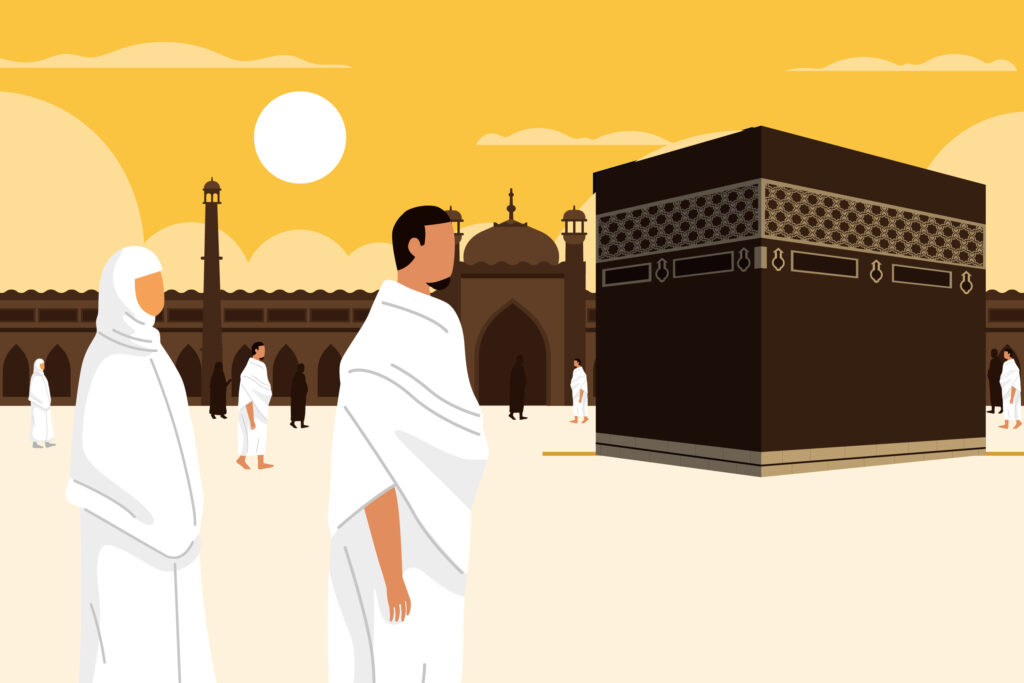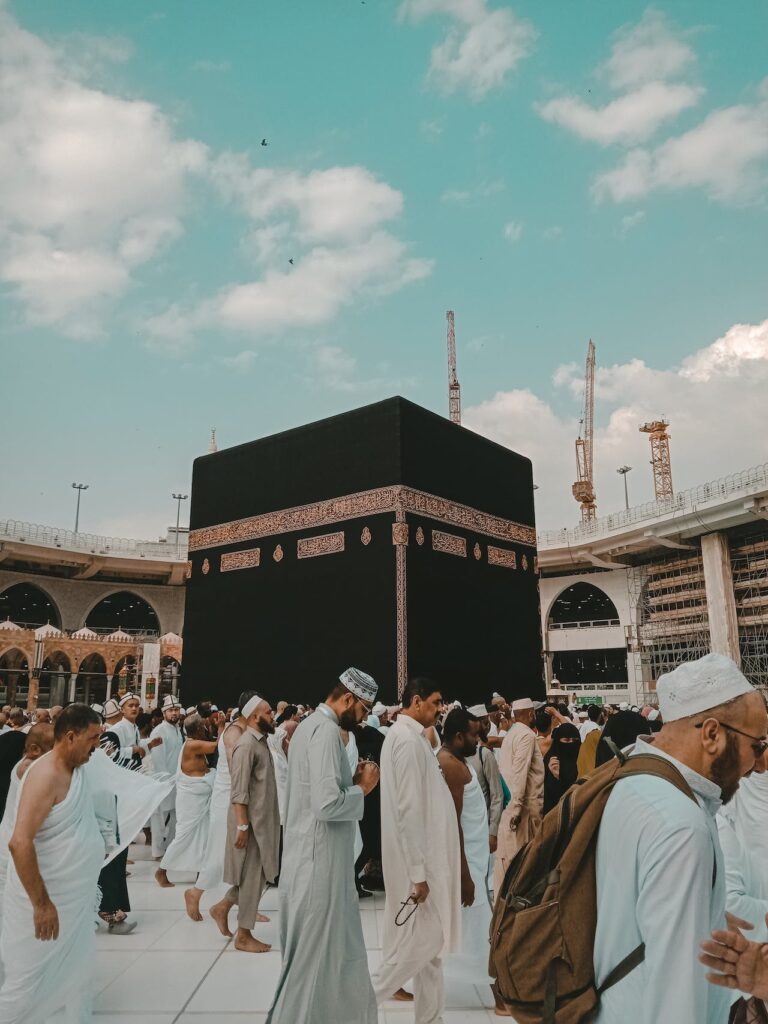Performing Tawaf, the circumambulation of the Kaaba in Makkah, is a deeply spiritual and significant ritual for Muslims worldwide. However, physical limitations should not hinder anyone from participating in this profound act of worship. This article aims to provide a comprehensive guide on performing Tawaf on wheelchair, ensuring inclusivity and accessibility for individuals with mobility challenges. By understanding the necessary preparations, guidelines, and considerations, wheelchair users can engage in Tawaf with reverence, devotion, and a sense of belonging.
Firstly, Preparations for Tawaf on Wheelchair
Before embarking on Tawaf on wheelchair, it is important to make the necessary preparations to ensure a smooth and comfortable experience. for example:
- Wheelchair Selection:
Choose a sturdy and maneuverable wheelchair that is suitable for the terrain and crowd conditions during Tawaf. Ensure that the wheelchair is in good working condition and properly maintained.
- Accessibility Information:
Familiarize yourself with the accessibility features and facilities available at the Masjid al-Haram. This includes wheelchair ramps, accessible entrances, elevators, and designated areas for wheelchair users.
- Assistance:
If possible, arrange for a companion or helper who can provide support during Tawaf, especially in crowded areas. They can assist with maneuvering the wheelchair and ensuring your safety.
- Timing:
Plan your Tawaf during less crowded periods to minimize congestion and facilitate smoother movement.
Secondly, Wheelchair Positioning and Tawaf Rituals
Understanding the proper positioning and adherence to Tawaf rituals is crucial for wheelchair users. Consider the following guidelines:
- Starting Point:
Begin Tawaf from any point along the Mataf area’s outermost edge, which surrounds the Kaaba. It is recommended to start from the Hajr al-Aswad (Black Stone) if possible.
- Direction and Circumambulation:
Move in a counterclockwise direction, keeping the Kaaba on your left side. Maintain a moderate pace, following the flow of Tawaf while being mindful of other worshippers.
- Supplications and Dhikr:
Engage in personal prayers, supplications, and recitation of praises to Allah throughout Tawaf. Use this opportunity to connect with your spirituality and seek His blessings.
- Touching the Black Stone and Yemeni Corner:
If accessible, try to touch or point towards the Black Stone and the Yemeni Corner (Rukn al-Yamani) with your hand. If it is not possible due to the crowd, continue your Tawaf without stopping.
- Completion of Circuits:
After completing each circuit, continue to the next one without interruption. Be aware of your surroundings and follow the flow of Tawaf.
- Special Assistance:
If needed, seek assistance from fellow worshippers or dedicated staff members, who can guide you through the Tawaf process and ensure your safety.
Know that your participation in Tawaf, despite physical challenges, is recognized and rewarded by the Most Merciful.
Finally, Spiritual Connection and Reflection
Performing Tawaf on a wheelchair provides a unique opportunity for deep spiritual connection and reflection. Consider the following aspects:
- Intentions and Devotion:
Maintain a sincere intention and profound devotion throughout Tawaf. Focus on seeking Allah’s pleasure and closeness in your heart, regardless of physical limitations.
- Inner Reflection:
Utilize the time during Tawaf to reflect on your relationship with Allah, seek forgiveness, and make personal supplications. Embrace the spiritual atmosphere and find solace in the sacred surroundings.
- Mindfulness and Gratitude:
Be mindful of the significance of Tawaf and express gratitude for the opportunity to engage in this act of worship. Embrace the blessings of being part of the Umrah and the collective devotion towards Allah.
- Spiritual Support:
Seek solace in the knowledge that Allah values the intention and effort behind every act of worship.
Conclusion
In conclusion, Tawaf on wheelchair exemplifies the inclusive nature of Islam, allowing individuals with mobility challenges to partake in this profound act of worship. By adhering to the aforementioned guidelines, wheelchair users can engage in Tawaf with reverence, devotion, and a strong spiritual connection. Remember that the essence of Tawaf lies in sincerity, intention, and the pursuit of Allah’s pleasure. May Allah accept the efforts of all worshippers, regardless of their physical abilities, and grant them a transformative experience during Tawaf, fostering spiritual growth and closeness to Him.






